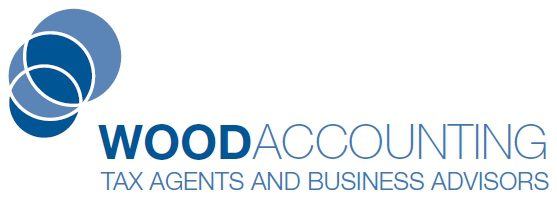
Many Australians enjoy the benefits of the Private Health Insurance Rebate, which helps reduce the cost of their health insurance premiums. However, a common issue arises when people find themselves having to repay some or all of this rebate when they lodge their tax returns. This situation can be confusing and frustrating, but it is a result of how the rebate is means-tested against your income.
What is the Private Health Insurance Rebate?
The Private Health Insurance Rebate is a government initiative designed to make private health insurance more affordable. It is a percentage of your premium that the government pays, and the rate depends on your age and income. The rebate can be claimed in two ways:
-
- As a reduction in your premium throughout the year. Most health funds default you to the highest rebate of 24.6%, as this minimises the monthly premium. (Rebate NOW – Pay back later)
-
- As a refundable tax offset when you lodge your tax return. (Pay full premium now – Claim rebate at EOFY)
Means Testing and Income Thresholds
The rebate amount you are entitled to is means-tested, which means it depends on your income for surcharge purposes and your marital or defacto status at 30 June. The government sets specific income thresholds to determine the rebate percentage:
2024-2025 Income Thresholds:
| Family status | Base Tier | Tier 1 | Tier 2 | Tier 3 |
| Single | $97,000 or less | $97,001 – $113,000 | $113,001 – $151,000 | $151,001 or more |
| Family | $194,000 or less | $194,001 – $226,000 | $226,001 – $302,000 | $302,001 or more |
2023-2024 Income Thresholds:
| Family status | Base Tier | Tier 1 | Tier 2 | Tier 3 |
| Single | $97,000 or less | $97,001 – $113,000 | $113,001 – $151,000 | $151,001 or more |
| Family | $194,000 or less | $194,001 – $226,000 | $226,001 – $302,000 | $302,001 or more |
Links to current ATO data are below
The Challenge of Repaying the Rebate
Many people opt to receive the rebate as a reduction in their monthly premium payments. However, if your income exceeds the threshold you anticipated at the start of the year, you will have to repay the excess rebate when you lodge your tax return. This repayment happens because the rebate you received was higher than what you were entitled to based on your final annual income.
So, should you get the REBATE monthly or Pay 100% of your premium monthly, then sort out the rebate at EOFY?
For example, if you expected to earn $90,000 (Income Tier 1) but ended up earning $100,000 (Income Tier 2), the rebate percentage you received during the year will be higher than what you were entitled to. The difference will need to be repaid.
Repayment of Rebate
This happens within your tax return calculation at the end of the year. Tax software looks at what rebate you did receive and compares this to what you should have paid. Your tax estimate clears this difference as a payable if you underpaid or a refund if you overpaid.
Managing the Rebate: Two Approaches
-
- TAKE REBATE NOW – REPAY AT EOFY: Take the rebate each month and know that you may need to repay some or all of it at EOFY. This makes your monthly private health premiums cheaper, delaying any repayment of the rebate until you lodge your tax return. Often, this can put individuals into a tax payable position at EOFY, which can come as a surprise. We generally recommend this approach, as you hold any excess even though it may result in a tax bill at EOFY.
-
- ASK YOUR HEALTH FUND TO REDUCE YOUR REBATE: Alternatively, you can choose to pay more each month without the rebate and claim the correct amount at the end of the financial year (EOFY). This approach ensures you don’t have to repay any excess rebate but means higher upfront costs throughout the year.
Practical Tips
-
- Update Your Income Estimate: If you experience a change in income, update your estimate with your health insurer to adjust the rebate accordingly. This is hard work and not many do this.
-
- Consider Tax Planning: Speak with us to estimate your exposure to the rebate and determine if there are any actions you can take to reduce or minimize the rebate payable. This can help you set aside the necessary funds if you anticipate a higher income.
Final Thoughts
Repaying the Private Health Insurance Rebate can be frustrating, but understanding how the means testing works can help you manage it more effectively. Whether you choose to receive the rebate throughout the year or claim it at the EOFY, staying informed and planning ahead will help you avoid unexpected repayments.
If you have any questions or need assistance with your private health insurance rebate, feel free to contact our office. We’re here to help you navigate this aspect of your financial planning

